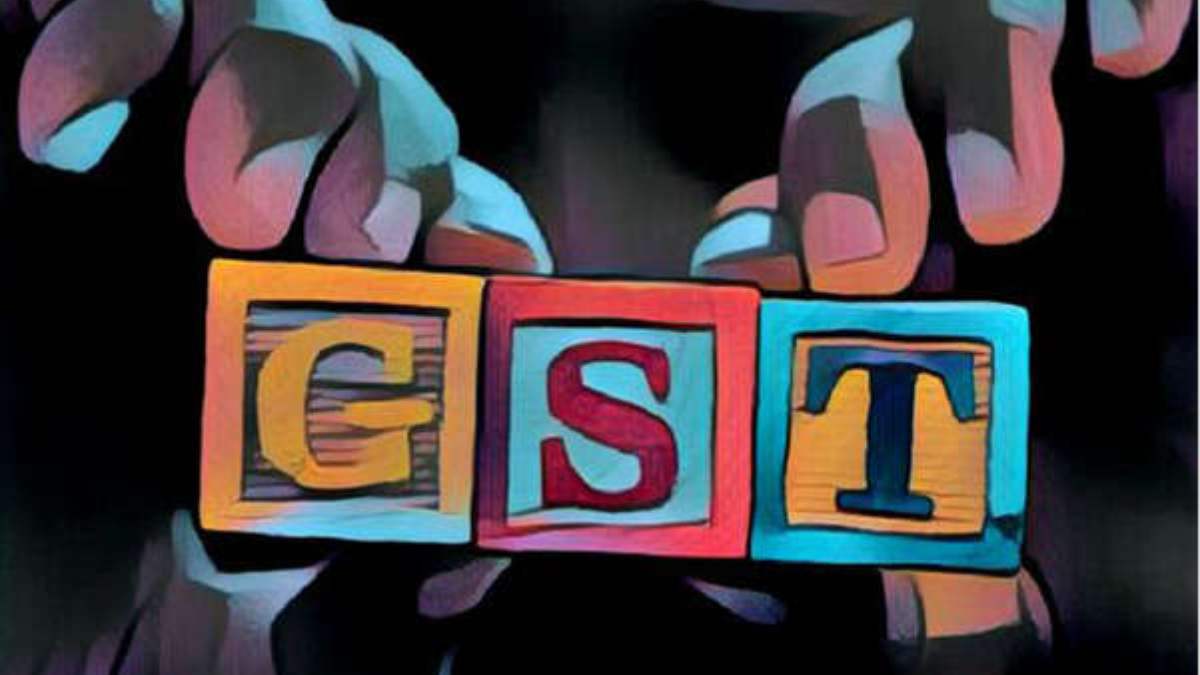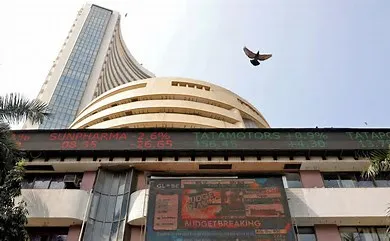The Goods and Services Tax (GST) revenue collected in the national Capital in September was Rs 4,741 crore, a 32% increase over the same period last year, according to data released by the Delhi government on Tuesday.
With a GST collection of 4,349 crore in August, the monthly revenue increased by 21% over the same period last year.These figures include both the central GST and the state GST. Because GST is a consumption-based tax, the growth reflects that business activity and consumption in the capital have remained strong despite high inflation.
The total GST collection in the first two quarters of fiscal year 2022-23 is 27,741 crore, up from 21,505 crore in the corresponding period of fiscal year 2021-22.
According to Delhi government documents, 4,327 crore was collected in July, 4,313 crore in June, 4,113 crore in May, and 5,871 crore in April.
The experts attributed the increase in GST collection to increased consumer demand (particularly in pandemic-affected sectors), improved compliance systems, and overall inflation.
In September, the country recorded a record GST collection of Rs.1.48 lakh crore, indicating that collections were robust across several states.
The total GST collection in August 2021 was 3,605 crore, which increased to 4,349 crore in August 2022. Year on year growth was also strong in July 2022, with 4,327 crore GST revenue collected in comparison to 3,815 crore in 2021.
The total collection in June 2022 was 4,313 crore, up from 2,656 crore in June 2021.
The total GST collection from Delhi in May 2022 was 4,113 crore, up from 2,771 crore in May 2021.
According to a Delhi government official, the city is using data analytics to broaden the tax base by identifying cases of fraud and critically examining tax filing by organisations against related variables.
Suyash Rai, fellow at Carnegie India, said, “Since GST rates change from one year to another, it is difficult to interpret year-on-year growth in collection in terms of what they indicate about the underlying economic activity unless item-wise information is available.”
Rai went on to say that, in recent quarters, the growth in GST collection has largely tracked the growth in nominal private consumption.
“If we assume that the association persists, then the GST collection indicates continued consumption growth. However, since inflation also accelerated in August, the deflator would be high, and the real growth may be modest,” he added.













